
Mercedes-Benz GLA-Class Estate (2014-2020) engines, drive and performance

- Three petrols on offer
- Discontinued diesel versions
- All-wheel drive and automatic transmission available
While the Mercedes-Benz GLA engine range isn’t as broad as the A-Class hatchback’s, there’s still a reasonable breadth of performance on offer from the all-petrol line-up.
Trio of petrols to choose from
Bottom of the range is the GLA 180, powered by a 1.6-litre engine with 122hp and 200Nm of torque. This takes 9.0-seconds to crack 0-62mph depending if you pick the manual or 8.7 seconds with the automatic.
Packing a 156hp 1.6-litre engine is the front-wheel drive-only GLA 200. Peak torque measures up at 250Nm and is on tap from 1,200rpm, making it a flexible, easy-to-use engine. A manual gearbox is standard, resulting in a top speed of 134mph and an 8.4-second 0-62mph time. Opt for the twin-clutch automatic and, although the top speed remains the same, the 0-62mph sprint drops to 8.1 seconds.
Topping the mainstream engine line-up is the automatic-only GLA 250 4Matic, with a 2.0-litre engine cranking out 211hp and 350Nm of torque from 1,200rpm, making it significantly brisker than you might imagine. It’ll crack the 0-62mph benchmark in 6.6 seconds, before achieving a top speed of 143mph, but be aware it is a bit noisy as you ramp up the speed.
Duo of discontinued diesels
There were two diesel options, both using a turbocharged four-cylinder, 2.1-litre engine but with different power outputs. It was a clattery unit compared with other motors fitted to rivals, but there was enough sound deadening material for it to remain relatively hushed in the cabin. The entry level front-wheel drive GLA 200 d, produces 136hp and 300Nm of torque at just 1,400rpm. The smooth-shifting 7G-DCT dual-clutch automatic was your only gearbox choice, giving a 0-62mph time of 9.1 seconds.

Opting for the extra traction of the four-wheel drive GLA 200 d 4Matic – only available with the automatic gearbox – gives an identical 0-62mph time to its front-wheel drive equivalent, yet top speed falls slightly to 124mph. The GLA 220 d 4Matic features 177hp and 350Nm of torque, again from 1,400rpm, but is appreciably quicker with a 135mph top speed and a 7.7-second 0-62mph time.
It was far from convincing in terms of engine refinement – especially at idle – but once you’re underway, it’s well insulated. Performance was adequate rather than thrilling but fuel efficiency and lower emissions benefits as a result.
We found the automatic gearbox to be rather dim-witted on either of the diesels, and had to switch to the gearbox’s sportier setting for it to respond to throttle inputs in a quick enough manner.
Discontinued Mercedes-AMG GLA 45 4Matic
The statistics for the out of production AMG GLA 45 made for impressive reading, packing a 381hp twin-turbocharged 2.0-litre engine.
Top speed is electronically limited to 155mph, but 475Nm of torque at 2,250rpm ensures that it scorches from 0-62mph in just 4.4 seconds. Although it’s four-wheel drive, up to 50% of the torque can be sent to the rear wheels when required to help drive the car out of corners as quickly as possible.
A seven-speed dual-clutch automatic is fitted: it’s very tractable and efficient around town, although occasionally it hesitates to choose the correct gear when negotiating steep hills. Paddle-shift controls behind the steering wheel enable you to change gear yourself if desired.
With the optional sports exhaust system the GLA sounds special; almost like a competition car with an impressive repertoire of snap, crackle and pop sounds from the tailpipes when changing gear.
The only criticism – and it’s a very picky one – is that the car gathers speed in such an efficient and undramatic way that subjectively it doesn’t feel quite as fast as you’d expect given the on-paper figures.
How does it drive?
- GLA is an easy-to-drive SUV…
- Just not especially enjoyable
- 4Matic standard on most models
Driving the mainstream models in the Mercedes-Benz GLA range is a fuss-free affair. In Urban Edition trim it has the comfort suspension setup, which means it does a decent job of soaking up bumps, although as a trade-off there’s a fair amount of body roll (when the body leans over on the chassis) when cornering.
As for the GLA’s off-road abilities, clearly it’s no Land Rover. Given its low roofline and relative lack of ground clearance it looks as though it would as useful as slippers on a Snowdon expedition on anything but asphalt, and the reality is it’ll falter on anything other than the simplest off-road terrain – its front overhang is too long to be genuinely capable here.

That Off-road Package was available at extra cost for 4Matic models from summer 2014, and made standard following the facelift in 2017. It increases the ground clearance by 30mm and makes a useful difference to the car’s abilities.
When activated via a button on the centre console, the off-road mode changes the traction control, gearbox and four-wheel drive systems’ settings and activates a display on the multimedia screen to let you know how much the front wheels are turned and how much suspension travel is being used. It also includes a Downhill Speed Regulator (DSR) function via which can take the car down steep slopes at a driver-dictated speed set via the cruise control stalk.









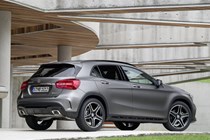


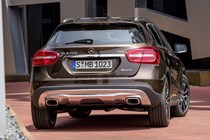


.jpg)
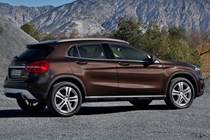

.jpg)
.jpg)
.jpg)
.jpg)
.jpg)
.jpg)
.jpg)








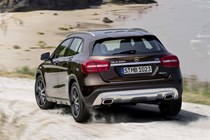

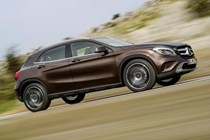
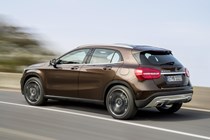

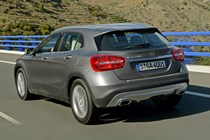
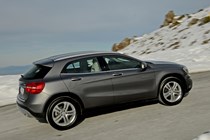
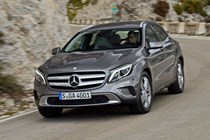

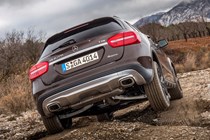


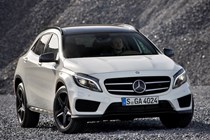
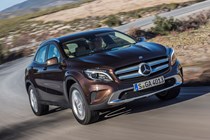


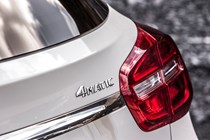
.jpg)
.jpg)
.jpg)
.jpg)
.jpg)
.jpg)
.jpg)
.jpg)
.jpg)
.jpg)
.jpg)
.jpg)
.jpg)
.jpg)
.jpg)
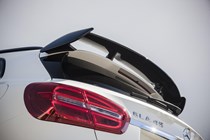

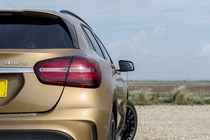


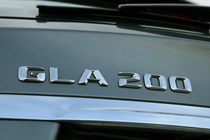


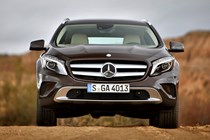
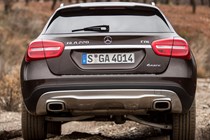
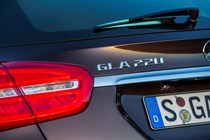
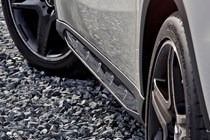
.jpg)
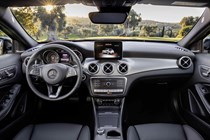
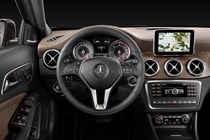
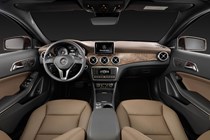

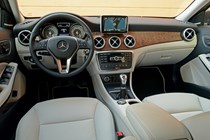
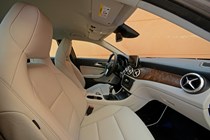
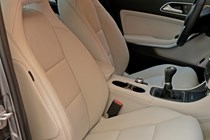
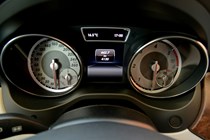
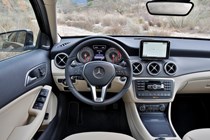

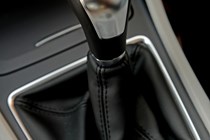
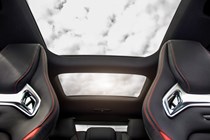
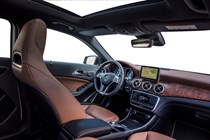

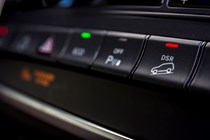
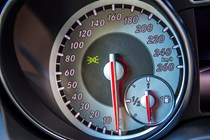
.jpg)
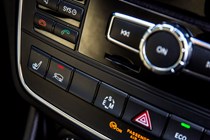
.jpg)
.jpg)
.jpg)
.jpg)
.jpg)
.jpg)
.jpg)
.jpg)
.jpg)
.jpg)
.jpg)
.jpg)
.jpg)
.jpg)
.jpg)
.jpg)
.jpg)
.jpg)
.jpg)
.jpg)
.jpg)
.jpg)
.jpg)

.jpg)
.jpg)
.jpg)
.jpg)
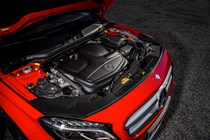
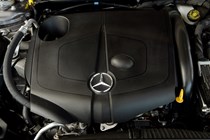
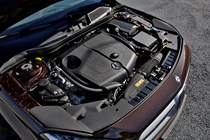
.jpg)
.jpg)
.jpg)













.jpg?quality=50)


.jpg?quality=50)
.jpg?quality=50)
.jpg?quality=50)
.jpg?quality=50)
.jpg?quality=50)
.jpg?quality=50)
.jpg?quality=50)

























.jpg?quality=50)
.jpg?quality=50)
.jpg?quality=50)
.jpg?quality=50)
.jpg?quality=50)
.jpg?quality=50)
.jpg?quality=50)
.jpg?quality=50)
.jpg?quality=50)
.jpg?quality=50)
.jpg?quality=50)
.jpg?quality=50)
.jpg?quality=50)
.jpg?quality=50)
.jpg?quality=50)












.jpg?quality=50)
















.jpg?quality=50)

.jpg?quality=50)
.jpg?quality=50)
.jpg?quality=50)
.jpg?quality=50)
.jpg?quality=50)
.jpg?quality=50)
.jpg?quality=50)
.jpg?quality=50)
.jpg?quality=50)
.jpg?quality=50)
.jpg?quality=50)
.jpg?quality=50)
.jpg?quality=50)
.jpg?quality=50)
.jpg?quality=50)
.jpg?quality=50)
.jpg?quality=50)
.jpg?quality=50)
.jpg?quality=50)
.jpg?quality=50)
.jpg?quality=50)
.jpg?quality=50)
.jpg?quality=50)

.jpg?quality=50)
.jpg?quality=50)
.jpg?quality=50)
.jpg?quality=50)



.jpg?quality=50)
.jpg?quality=50)
.jpg?quality=50)